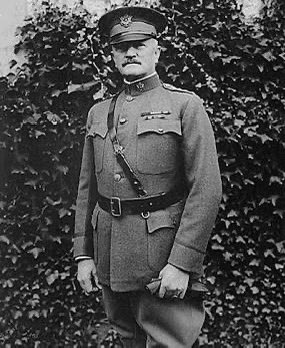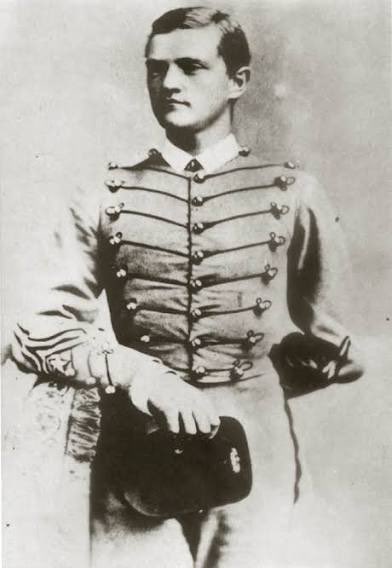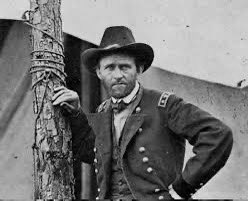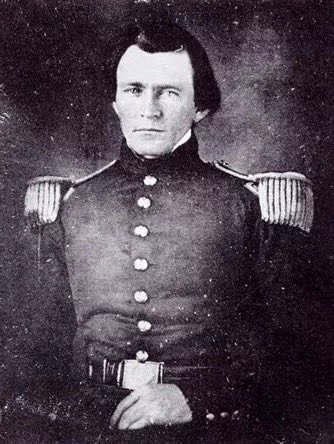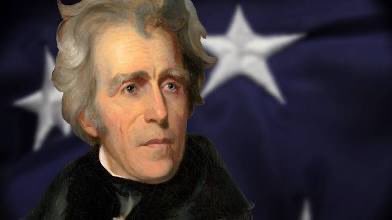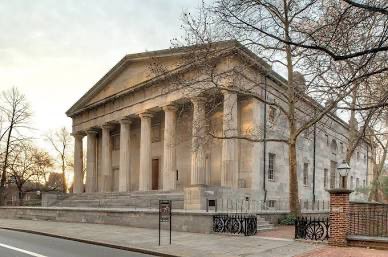1/8 On this day in 1945, the world changed forever. In the remote deserts of New Mexico, the Manhattan Project successfully detonated the first atomic bomb in a test code-named “Trinity.” This marked the dawn of the nuclear age. Let’s dive into the history of this secretive endeavor. 🧵

2/8 The Manhattan Project began in earnest in 1942, amid fears that Nazi Germany was developing atomic weapons. Sparked by a letter from Albert Einstein to President FDR in 1939, warning of uranium’s potential, the U.S. launched a massive, top-secret program to beat the Axis powers to the bomb.
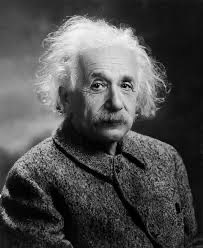
3/8 Led by General Leslie Groves of the U.S. Army Corps of Engineers, with physicist J. Robert Oppenheimer as scientific director, the project employed over 130,000 people across sites like Los Alamos (NM), Oak Ridge (TN), and Hanford (WA). It cost nearly $2 billion—equivalent to about $30 billion today.

4/8 Development was a race against time. Scientists tackled enriching uranium and producing plutonium, overcoming immense technical hurdles. Key breakthroughs included the chain reaction demonstrated by Enrico Fermi in 1942 under a Chicago stadium, proving fission was viable for a weapon.

5/8 Challenges abounded: espionage (like the Soviet spy Klaus Fuchs), ethical debates among scientists, and the sheer scale of industrial effort. Oppenheimer famously quoted the Bhagavad Gita after Trinity: “Now I am become Death, the destroyer of worlds,” reflecting the project’s profound moral weight.

6/8 The aftermath was immediate and devastating. Just weeks after Trinity, on August 6, 1945, the U.S. dropped “Little Boy” on Hiroshima, killing ~70,000 instantly. Nagasaki followed on August 9 with “Fat Man,” claiming ~40,000 lives. Japan surrendered on August 15, ending WWII. 

7/8 But the legacy extended far beyond. The bombings sparked global debates on nuclear ethics, led to the Cold War arms race, and the establishment of the Atomic Energy Commission. Hiroshima and Nagasaki survivors (hibakusha) became symbols of the human cost, advocating for disarmament.

8/8 Today, the Manhattan Project reminds us of science’s dual edge—innovation and destruction. Similar to the world we are about to enter with the advancement of AI. What are your thoughts on this pivotal moment in history? #ManhattanProject #OnThisDay 

• • •
Missing some Tweet in this thread? You can try to
force a refresh


